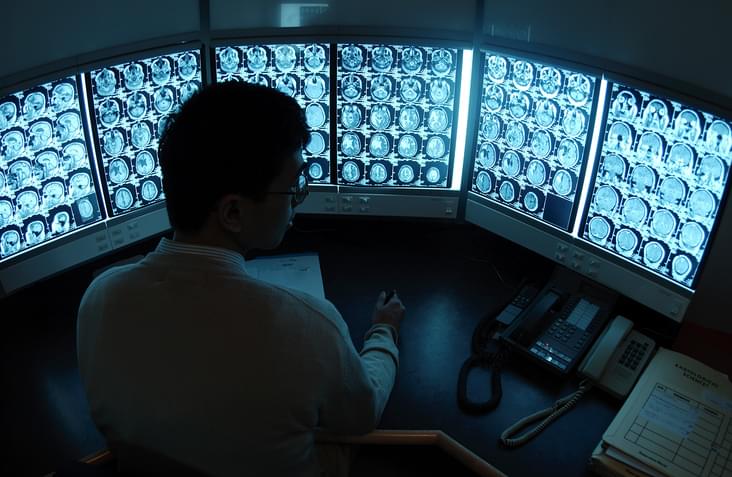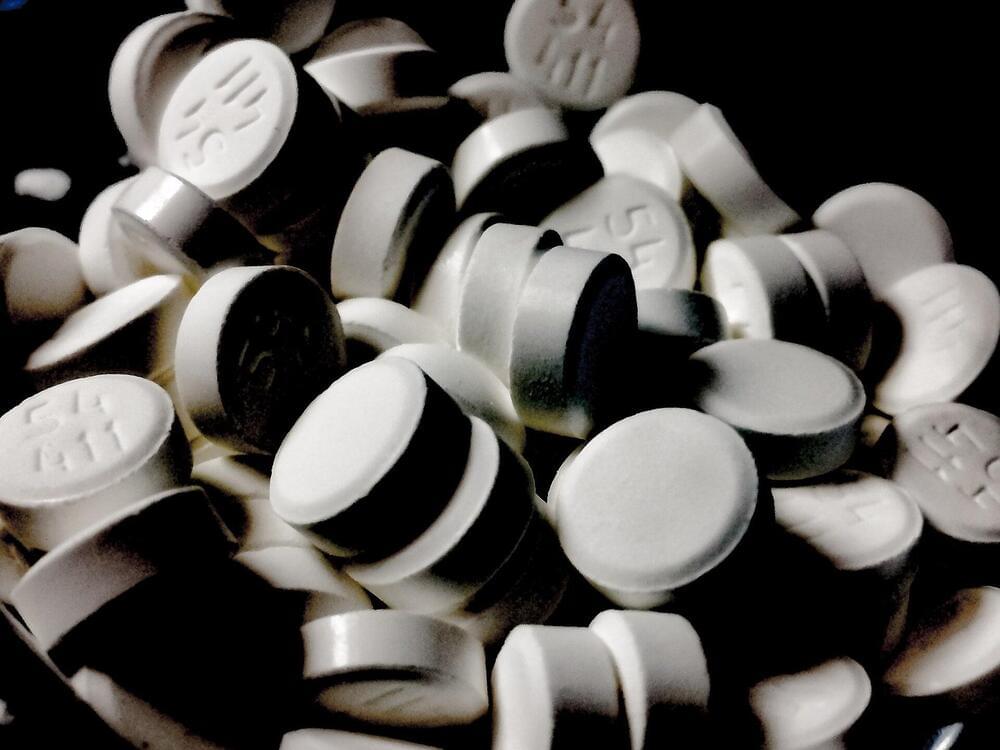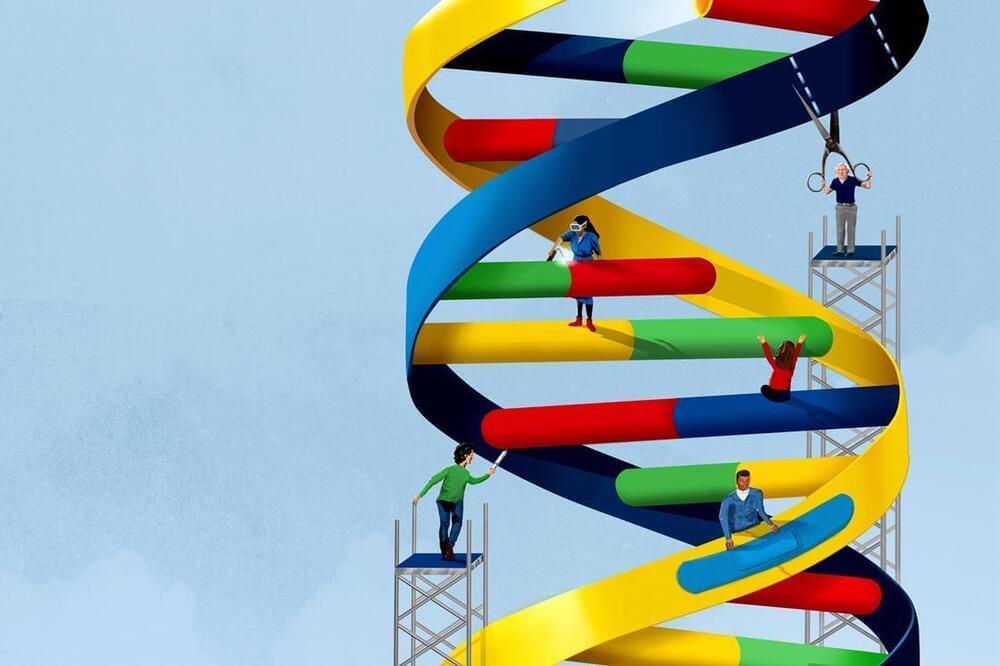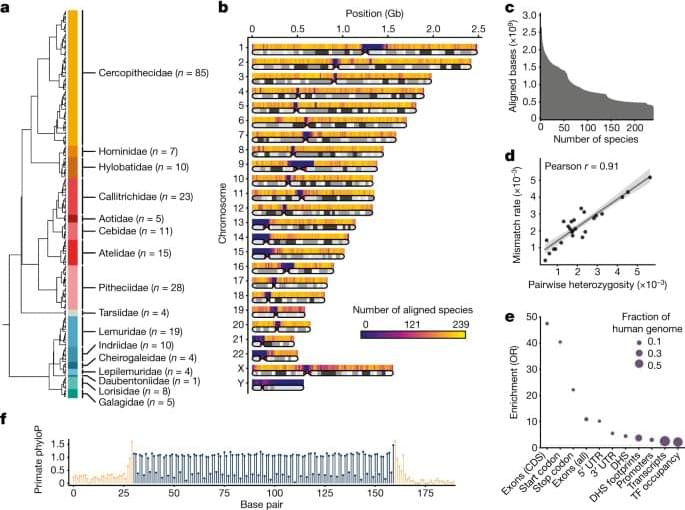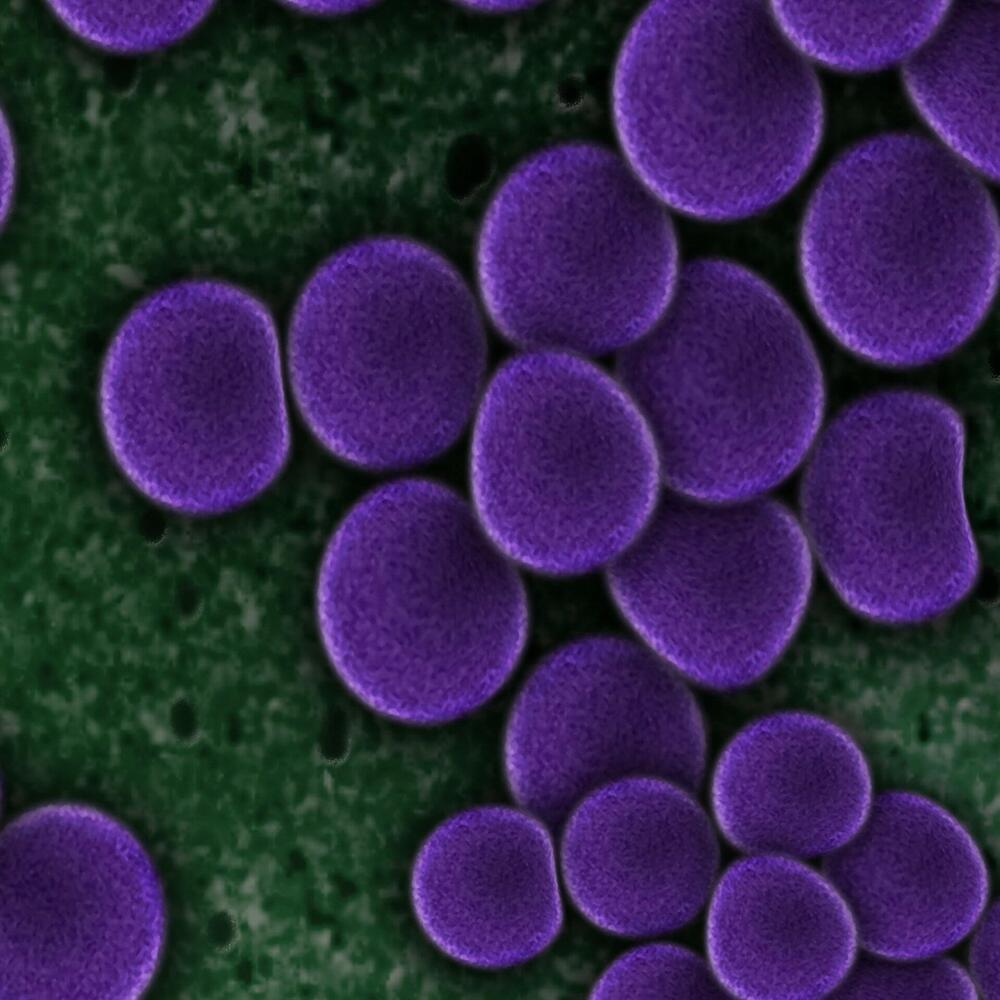Dec 1, 2023
These Tiny, Wound-Healing Robots Start Life As Just 1 Human Cell
Posted by Zola Balazs Bekasi in categories: biotech/medical, life extension, robotics/AI
Regenerative medicine might just have had a new tool added to its arsenal: Scientists have created tiny biological robots out of living human cells. Though they may be small, the self-assembling bots are mighty, with a study demonstrating their potential for healing and treating disease.
The team had already proven their biological robotics chops back in 2020 with the creation of Xenobots, made from frog embryonic cells. They even managed to design Xenobots so that they could reproduce in a way that no living animal or plant does, something that had never been seen before.
Continue reading “These Tiny, Wound-Healing Robots Start Life As Just 1 Human Cell” »




